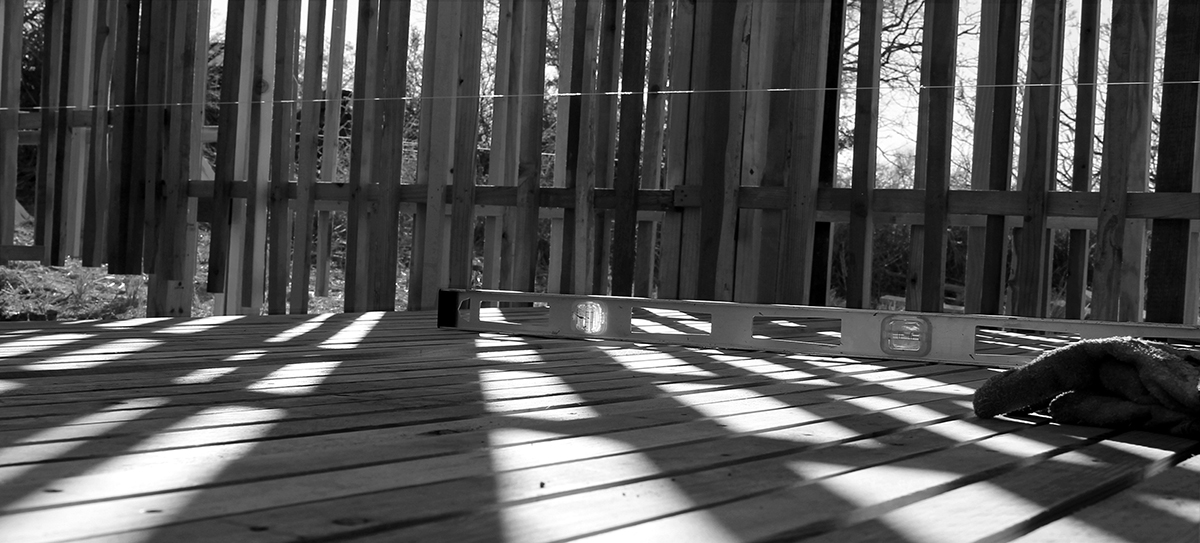
PARTING WALLS
Fall 2012 | South Texas Botanical Gardens and Nature Center | Corpus Christi, Texas
Project Team: Elizabeth deRegt, Laura Edwards, Wilson Hack, Jena Hammond, Jon Handzo, Jaclyn Hensy, Jessica Painter, Molly Purnell, David Schneider, Greg Street, and Tristan Walker
Corpus Christi is one of the most highly visited bird-watching areas in the United States. Some of the largest number of birds from North America pass through this region on their yearly migration South. The South Texas Botanical Garden and Nature Center, less than a mile from the Texas Gulf coast, is a unique place to watch birds that gather there in its wetlands and creeks. This student-built project is meant to help access Arroyo del Oso, a small tidal creek that is the southernmost border of the Nature Center.
An almost impassable tree line of thorny scrub makes accessing this tidal creek all but impossible. The students’ design addresses this inaccessibility by lightly cutting through the thicket line and offering passage to a wild area of the Center seldom visited. While providing access the design also provides places to rest and absorb the surrounding environment.
The students set out to design their work so as to have a minimal impact. Once in place it was meant to become a low-impact portal opening onto an underused area of the Nature Center. The built wall and deck that passes through the scrub is made up of a series of steps that lead down the sandy incline, opening onto a narrow tidal flat. There the first section of the two-part structure ends with wide decks meant to double as seating platforms. These look east to a grassy meadow surrounded on all sides by low trees where a second, partially hidden structure was placed. This wall, similar in construction to the first, has a bench made of strapped-together cypress timbers; just a few steps away from the creek, it offers a place for visitors to sit and watch the egrets, heron, ibis, and duck that inhabit the tidal creek’s edge.
At the wall’s ends and deck edges, an ancient Japanese method of preserving wood, shou sugi ban, was used for both its preservation capabilities and visual contrast to the recycled cedar, cypress, and hardwoods that were used on the vertical screens. These are meant to gray out over time and appear as if they have become part of the tree line. The steps, decks, and bench were constructed of cypress and will similarly weather to a soft silver, blending with the trees and wetland sands.